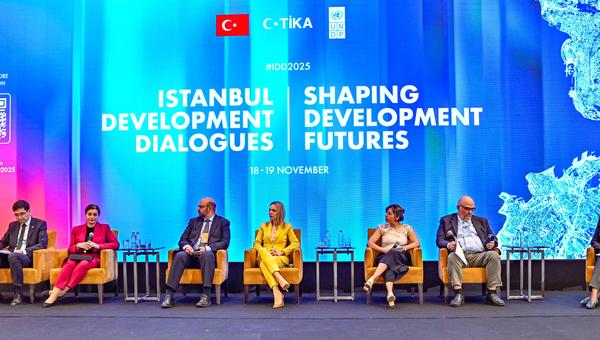Central Asia Cryosphere
Strengthening the resilience of Central Asian countries
Background
Melting glaciers will have widespread consequences of global relevance for biodiversity and ecosystem services. Understanding of cryosphere dynamics, particularly those related to the snow, glacier and permafrost in the Central Asian mountains, and associated water availability in the downstream countries of Central Asia needs long-term improvement as problems associated with both quality and quantity of water become more acute and the potential negative impacts of accelerated glacier melt become a reality.
To manage this issue, regional cooperation in building knowledge and capacity on monitoring of snow glacier and permafrost, including forecasting responses to climate change, is key.
Objective
Strengthen the adaptation capacity of Central Asian countries to climate change impacts on the cryosphere through monitoring, assessment and promotion of regional cooperation & stakeholder engagement.
Major Achievements
- Building the foundation for regional cooperation on the cryosphere
Countries have national action plans and a regional strategic action programme (SAP)
National and regional institutions are in place to implement national action plans and SAP - Strengthening capacity to monitor the cryosphere
Countries use a standard approach to monitor the cryosphere in Central Asia
Countries have increased capacity to undertake monitoring and apply skills in Integrated Water Resources Management and Disaster Risk Reduction - Demonstrating technologies and best practices for integrated water resources management and adaptation to climate change in glacier snow-fed river basins
Countries utilize innovative technologies and best practices for integrated resource management in the cryosphere - Increasing awareness and involvement of key stakeholders
Decision-makers and the public at the national, regional, and global level are increasingly aware of the economic and social costs of retreating high-altitude glaciers
Agreement on real-time harmonized data sharing enables effective transboundary cooperation.
Related content

 Locations
Locations




